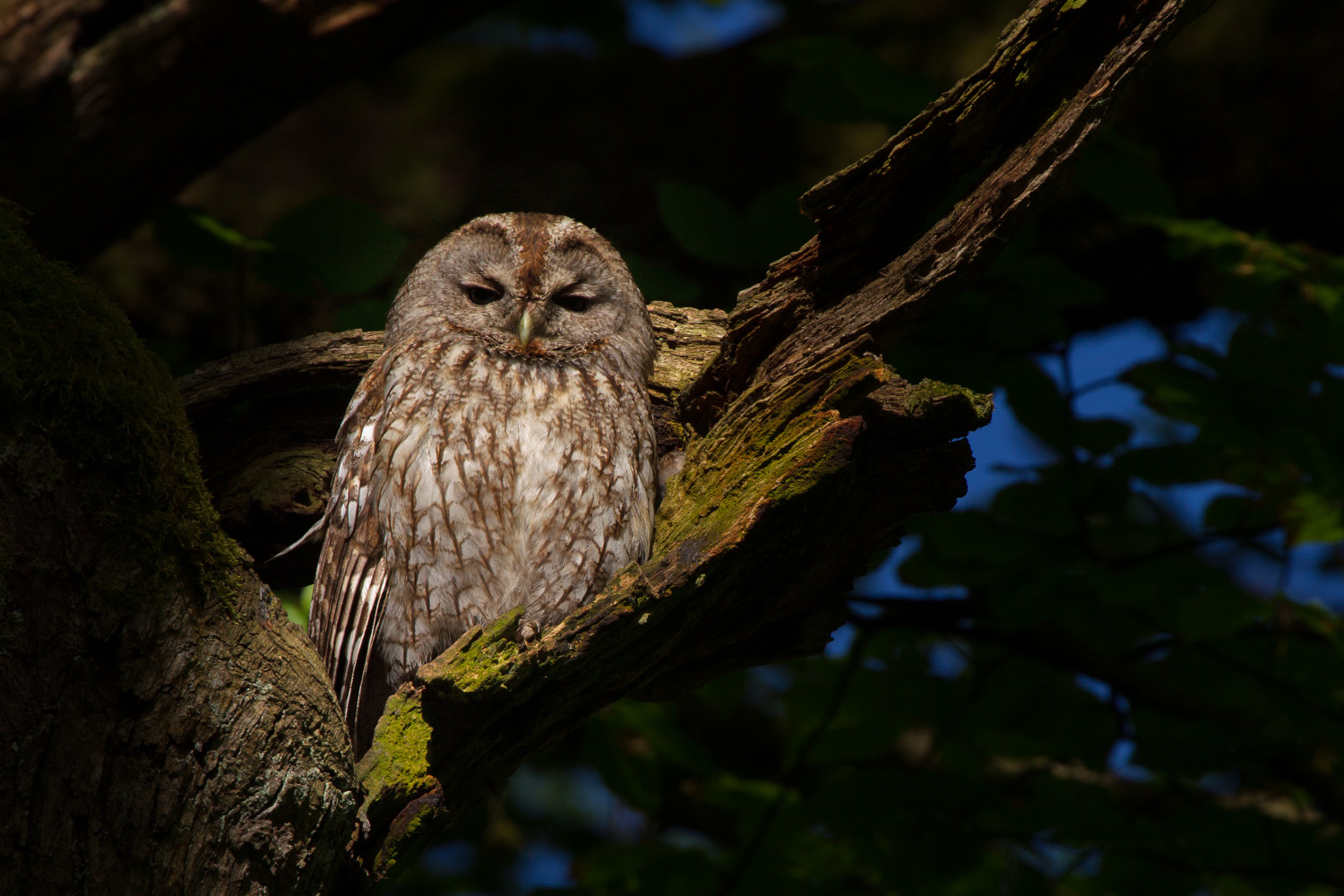Looking for the "Valhall"
- I have a dark back to flee the predators that are walking above and hiding in the sea water. Their colorful stains serve to confuse them between my network members (like zebras). My abdomen, however, is whitish for those who see me underneath to have difficulty stopping with sunlight. I am a Viking who carries in my blood the passion for knowing new territories. Despite being as beautiful as it is hard, my family's is no other simple Viking story...

Mackerel
Group: Vertebrate / Fish.
Size: 30-40 cm.
Where does he live? northeast of the Atlantic Ocean. It approaches the Basque coast from February to April.
What do you eat? Zooplankton (especially copepods and krill), and if possible a smaller fish.
Level of protection: Not protected.
In the middle of the Cantabrian Sea, apparently, I was born in the house of the old ancestors; in front of spring, after the red winter -- that year my mother had cast another 450,000 brothers like me. We spent a week on the drifting water surface and then passed the first swimming rabbits into larvae. We were many, yes, but there were many eyes on us. Fish, sharks, whales and seabirds have always wanted us, especially to end up inside. It is said that this is the first way to reach the best post-life, the Valley. Most of my brothers were going to get there at that time, because I've never met one of them.
Beyond the Gulf of Bizkaia, I have Irish and Scottish cousins born in the Celtic Sea. Sometimes we come to our group, sometimes they come to the south. So our community has spread across the Atlantic Ocean. Soon, when I turn two, I will reach maturity and have the body ready for the long migrations: strong, compact and fast as the Viking boats. Cantabrians, Irish and Scottish, most of us travel to the Norwegian Sea each year during summer food migration. If I am among the strongest, I may have gone further, to the south of Svalvard, or across southern Iceland and meet the coasts of Greenland. The meals offered by these seas deserve such a challenge. In those times and areas where there is hardly a night, a large amount of zooplankton accumulates. But between so much light there are dark differences… As we should stay in waters over 6 degrees, we will accumulate on the surface of water, in large banks, where water is too cold over 40 meters deep. And this is Ezpalarte's favorite party (orca). If we show up, we only have two options: Valhalla, or swimming and luck.
The real challenge is to return with force and fat to the destination, to the Celtic Sea or to the Gulf of Bizkaia after the summer, to create new generations for the spring. And being able to do it every year for a long time. In the past there were many grandparents and grandmothers aged 15 to 18 and 60 centimeters, how many trips and feats in their lives! In recent decades, however, we are far from being in the hands of the god Odin. The last thing that has been added to the list of predators does not let us get old enough and few grandparents are over 10 years old. In spring it seems to be a short time, but with each mother who disappears thousands of eggs are lost. What is more, we can fall into their networks anytime and anywhere. We are many and strong (proud of people! ), but nothing is forever, except if you don't care. Where's the Joxe Miguel Batel left?


















